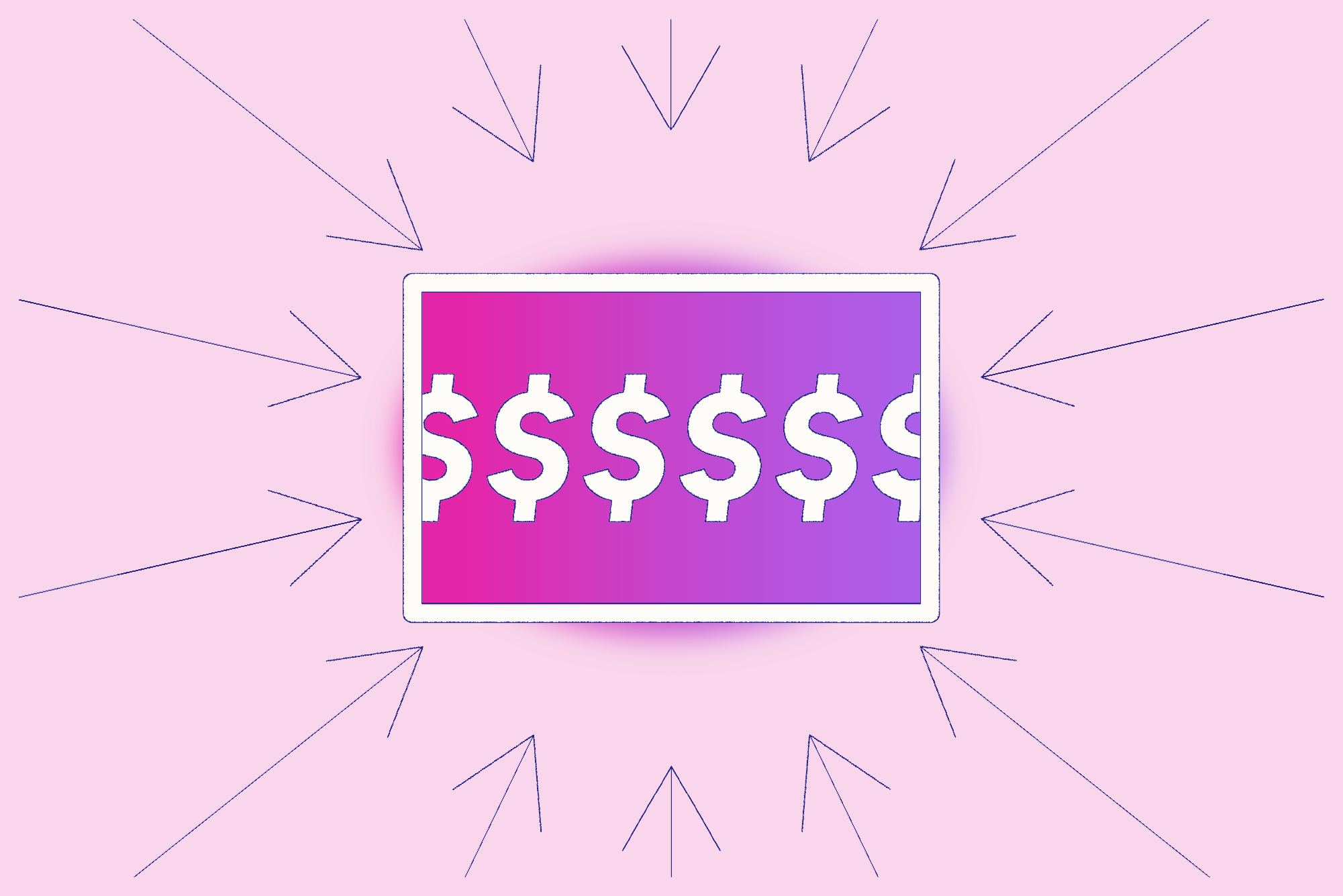Procurement Planning 101: Definition, Importance, and Goals
What Is Procurement Planning?
A procurement plan defines how your company will acquire the necessary materials to produce its goods and services. Strategic procurement planning requires data and analytics to monitor the procurement procedure and its impact and effectiveness. In strategic procurement planning, key performance indicators (KPIs) are regularly measured and reviewed to improve processes and meet or exceed benchmark goals.
Procurement planning requires that you understand every aspect required to produce your company’s goods and services. You’ll need to know utilization rates or materials, how to effectively negotiate pricing, what transport and supply chain coordination will look like, and how to mitigate the effects of any issues that may arise. It’s also helpful to reference a supply and demand analysis while planning.
These objectives make up the foundation of a procurement plan, and should be established before approaching the suppliers or service providers. A well-devised procurement plan includes:
- A predefined aim. What is the primary goal? For example, "Services to be procured for digital enhancement and data application management to faster processing and storage to reduce manual interventions."
- A step-by-step procedure that may include consulting and outsourcing, data migrations, integrations, and maintenance.
- A strategic framework presented by the service provider to achieve procurement goals.
- Key performance indicators, evaluation criteria, and metrics to track the implemented procurement plan and evaluate the cost and outcomes.

Why Is Strategic Procurement Planning Important?
The COVID-19 pandemic disrupted procurement transformation for businesses worldwide. According to an Accenture report, 94% of fortune 1000 companies saw supply chain disruptions, and 75% had negative or strongly negative impacts on their businesses due to the pandemic.
The following reasons describe how a strategic procurement plan benefits your business even in the most challenging times.
Cost savings
Cost savings are always essential for businesses. Developing a procurement strategy cuts down on enlarged running costs and encourages cost optimizations. It helps develop price negotiations and, when using procurement software, makes it easy to back up your negotiations with up-to-date rate comparison data.
In addition, identifying and tracking tail spend and then putting procedures in place to rein it in will go a long way in cutting costs for any organization.
Risk mitigation
Exploring different procurement strategies can identify inaccuracies in prior analysis, process delays, non-compliance issues, and poor decision-making impacting the entire organization. Investing time into strategic procurement planning is all it takes to get your organization past these risks and curb them permanently.
Faster processing and executions
Though cost optimization and risk mitigation are critical for procurement, speedier processing of services and deliverables also takes a front seat. As an organization grows, the supply and demand ratio and the need for optimized procurement processes also increase. By using procurement software and closely monitoring market analysis, supplier demand, and transaction turnovers, your organization can gain benefits such as a reduced processing time and sustained competitiveness in the market.
Supplier management and strategic sourcing
Procurement is determined by the strength of the supplier relationships. Organizations' loyalty and brand awareness lead to negotiating prices with the suppliers and concluding favorable scenarios for both parties. With COVID and the unexpected disruptions in procurement, organizations now better understand the need to maintain relationships with reliable suppliers who allow supply scheduling. Finding and maintaining relationships with these suppliers is essential to undisrupted supply chain management.
Procurement optimization
According to a recent Accenture Strategy research, 76% of the business leaders believed current business models would be unrecognizable in the next five years. Business owners recognize the need to utilize technology, and those hesitant about new processes and advancements may be sidelined and curbed from further growth.
Procurement has proven itself as a significant player in an organization's development. Undoubtedly, it can help deliver the required business outcomes by giving prominence to planning. Though many companies know its advantages, they often find it difficult to move ahead. Studying strategic procurement market scenarios can help make procurement optimization and planning easier through proven results and showcased progress by organizations that adopt strategic procurement plans. Evaluating reports and data, measuring and analyzing progress, and implementing procurement expert advice contribute to your organization's learning path and improvement.
Sustainability
As eco-friendly, green-living lifestyles gain popularity, customers align with organizations supporting similar initiatives. Companies that keep customers' preferences in mind can benefit in a win-win-win situation, where strategic procurement reduces costs, provides sustainable and eco-friendly products to the customer, and positions the company for further growth. Holding the values and trust of your customer is a badge of honor for any business, allowing you to amplify your brand further. Progressive organizations have already adapted to sustainable procurement practices and products.
What Goals Should A Strategic Procurement Plan Work Towards?
Common procurement plan goals revolve around the following core elements:
- Identifying procurement objectives and defining purchasing procedures
- Consolidating sourcing and supply to optimize price negotiations and achieve overall cost reduction
- Introducing sustainable procurement practices
- Managing supplier relationships to maintain long-term relationships and loyalty with reliable suppliers
- Providing project management oversight in purchasing and movement through the supply chain
- Recognizing tail spend and creating strategies in advance to mitigate overspending
- Providing spend management oversight, keeping budget goals in check
- Managing risk management strategies to reduce negative outcomes
Examples of Strategic Procurement Plan Goals & Action Items
Many procurement managers may find themselves in a position where their goal is to reduce procurement costs. In this scenario, the manager can analyze their current processes, determine actual spending, and begin negotiation efforts to reduce costs directly or eliminate redundant processes that can reduce costs in a more roundabout way.
Another common procurement goal is to prevent lapses in deliveries—both to the company and the customer. By analyzing the entire procurement process, including ordering materials, producing goods, stocking, reviewing customer orders, packing, and delivery, procurement managers can identify and examine each step individually and identify any bottlenecks that can be optimized and eliminated.





